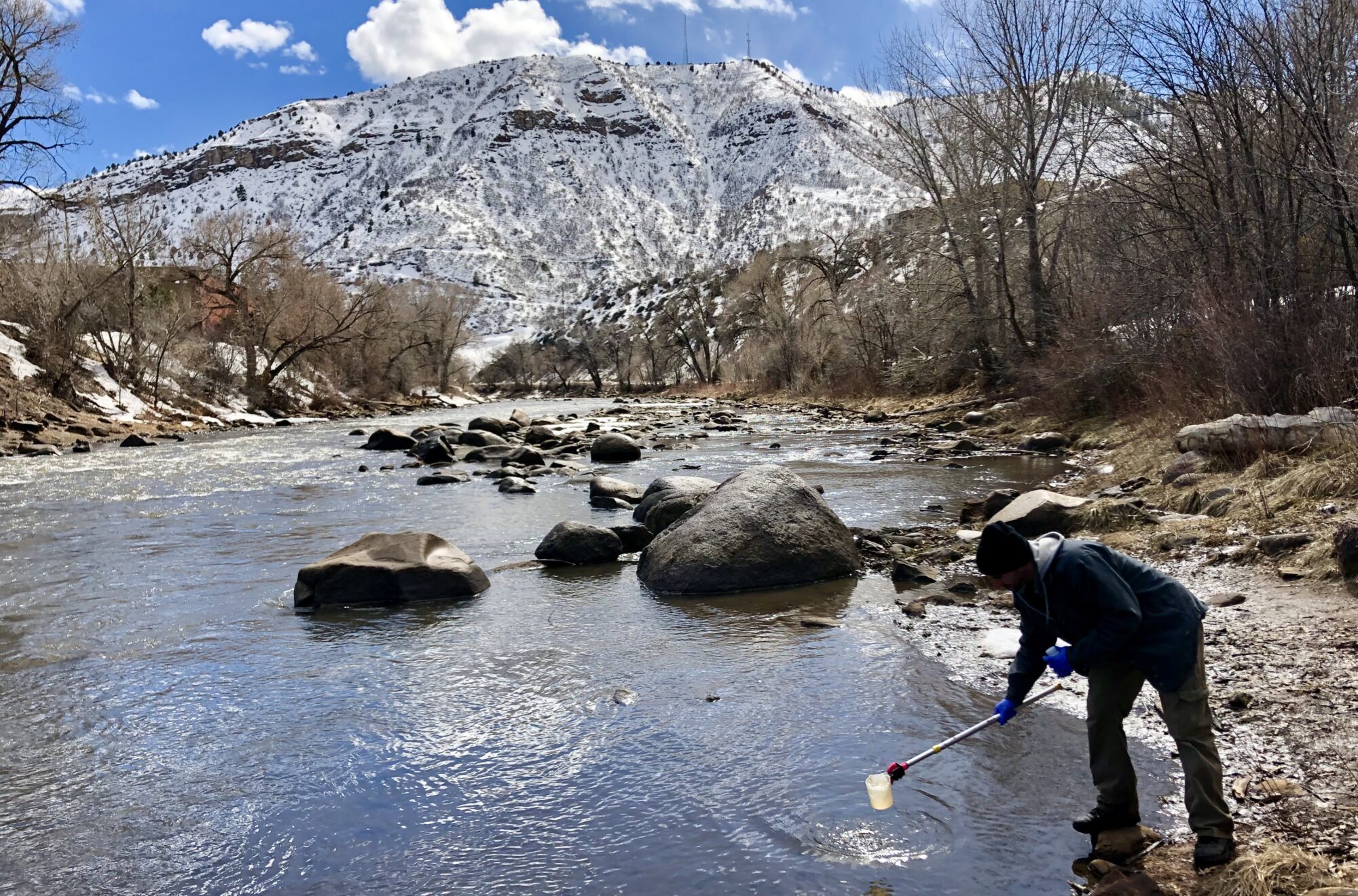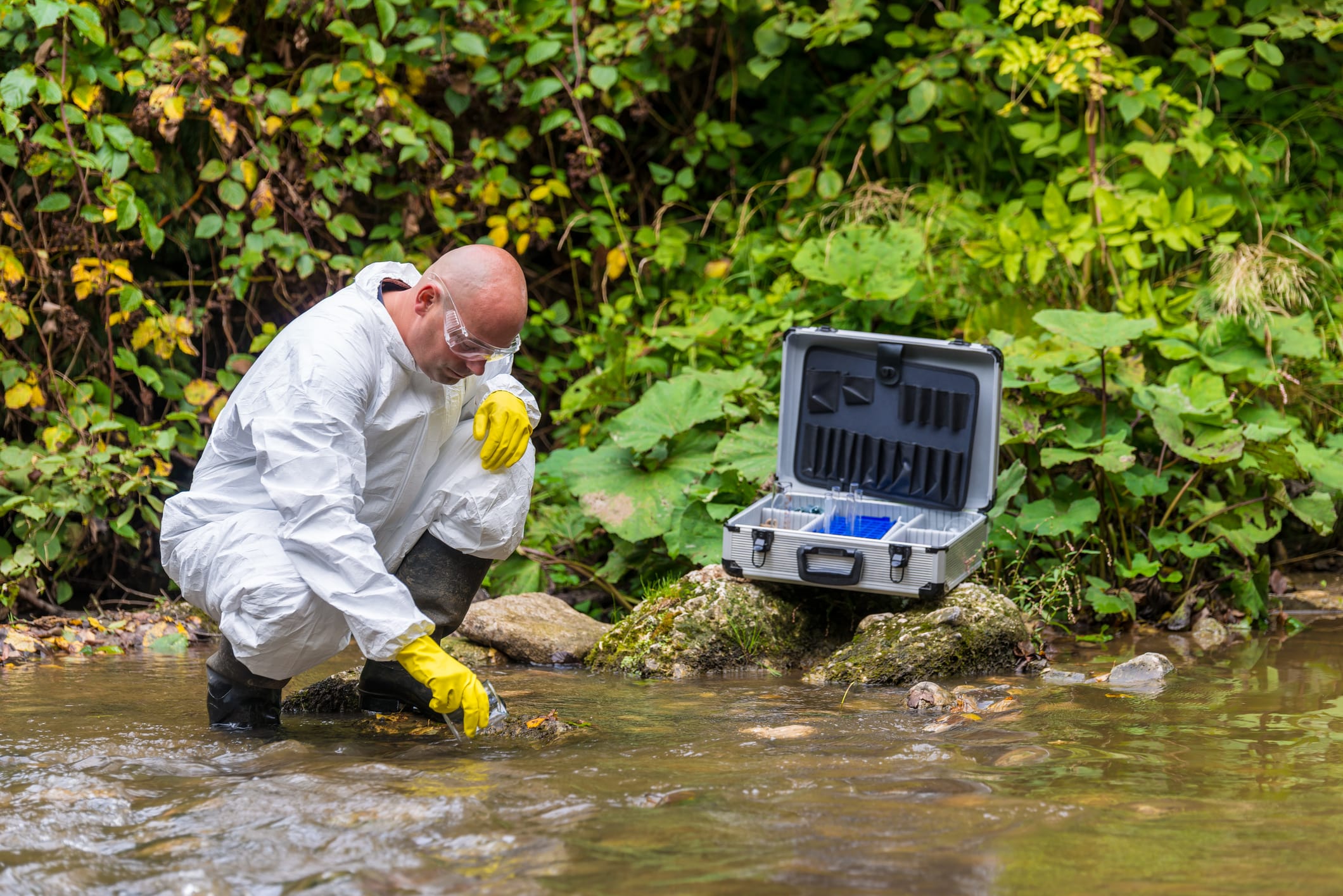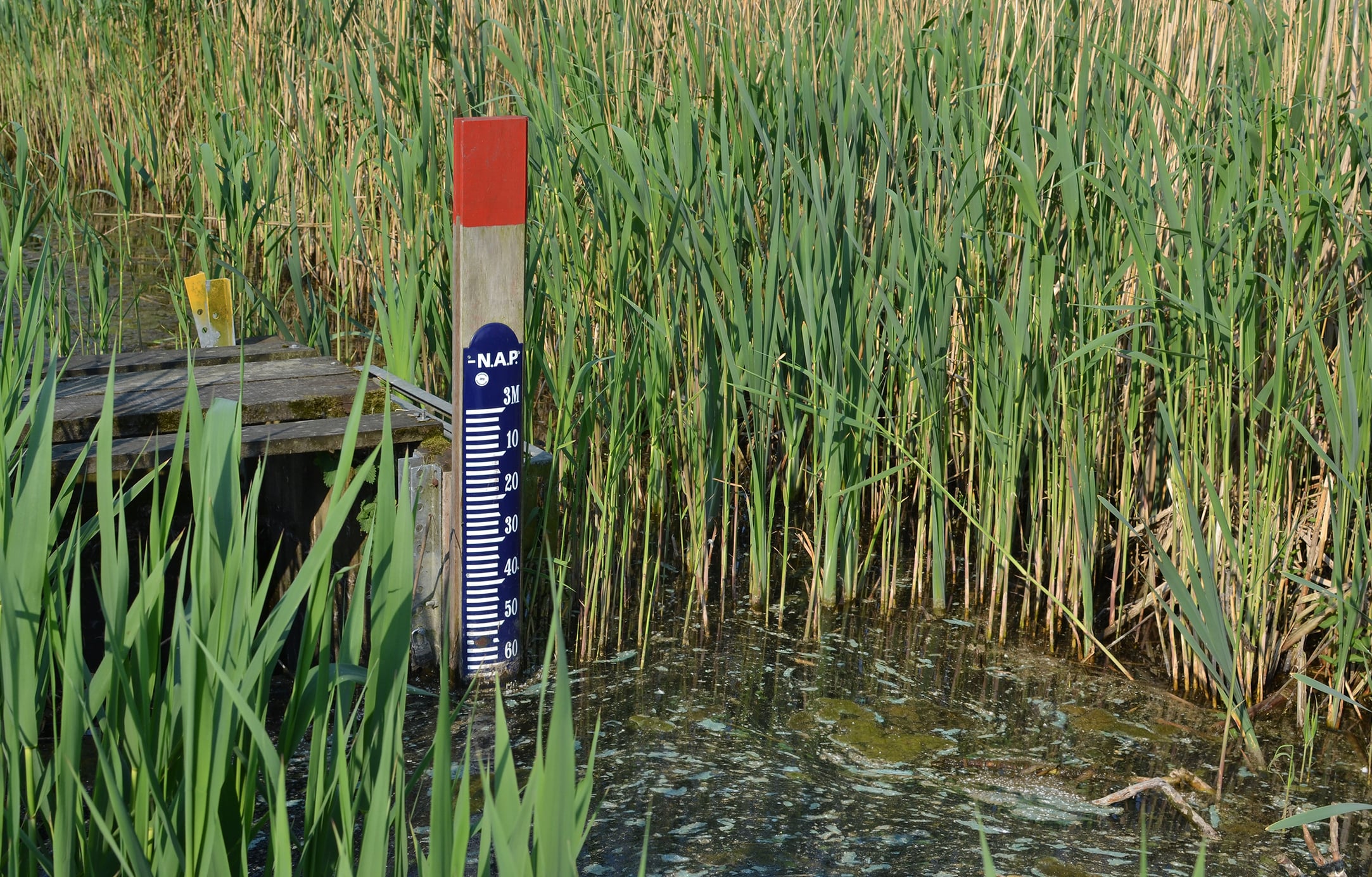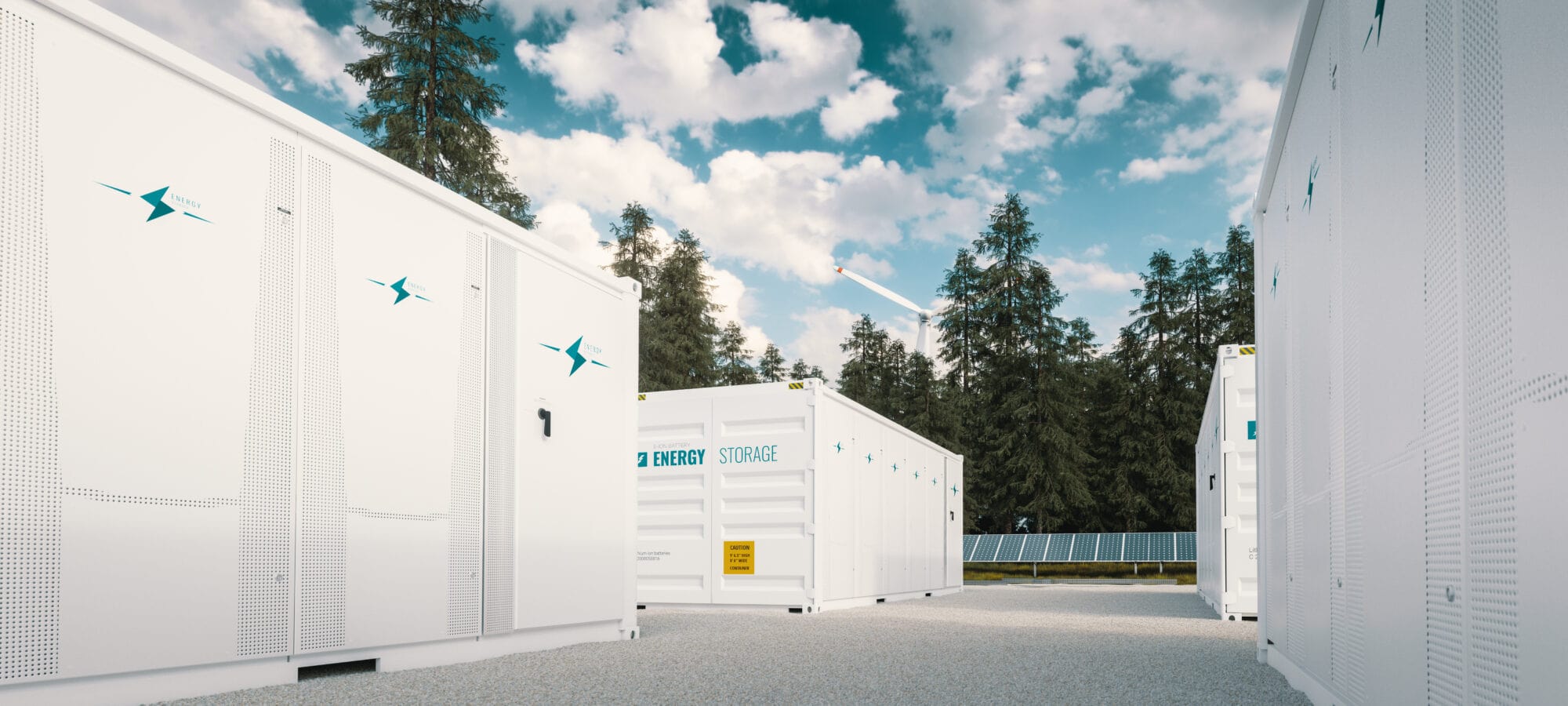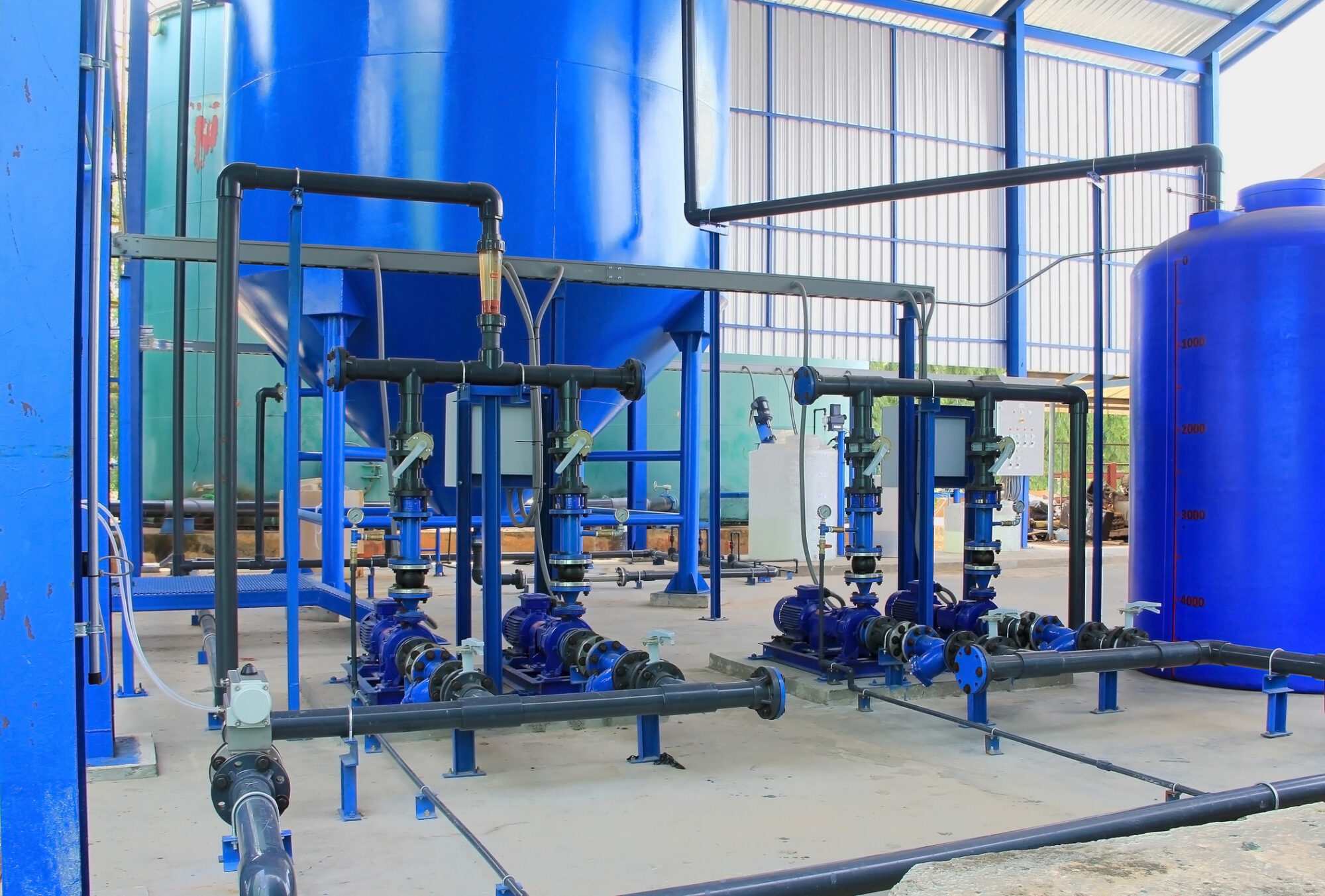Results
In June 2019, TRC water resource scientists presented findings of the data collection and analysis at the Animas and San Juan Watersheds Conference in New Mexico, where researchers and the general public meet, learn from and share the results of ongoing water quality research. An abundance of mayflies and stoneflies were observed at each site location, which are good indicators that the watershed seems to be recovering over time with improved water quality conditions that support wildlife and fisheries sustainability.

